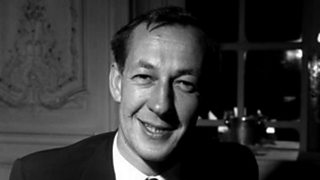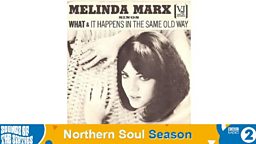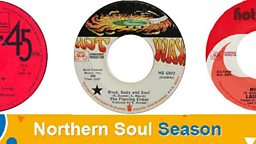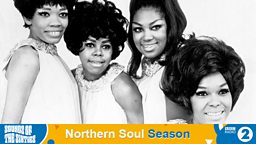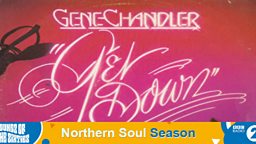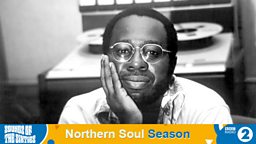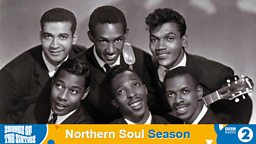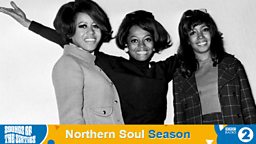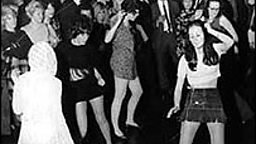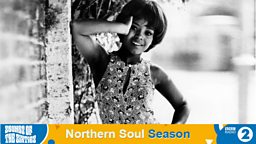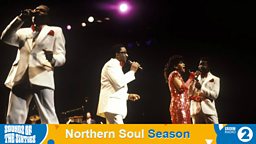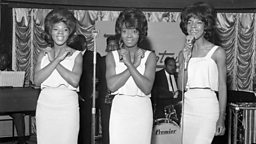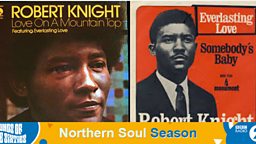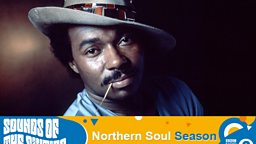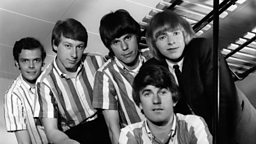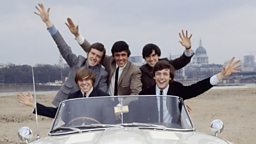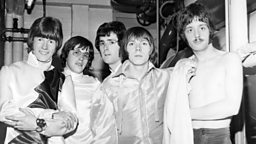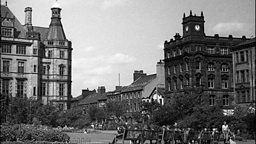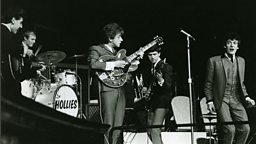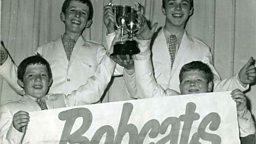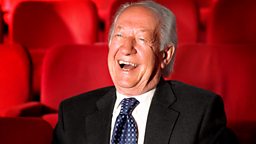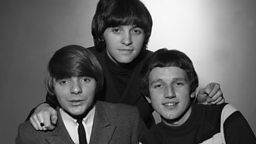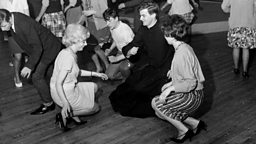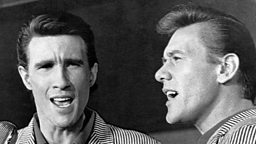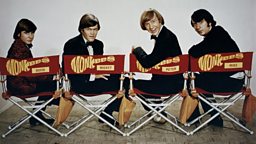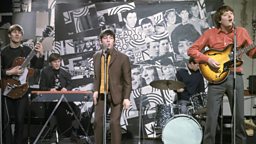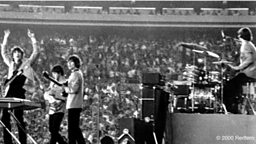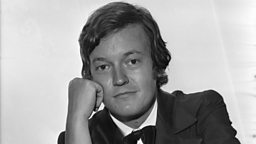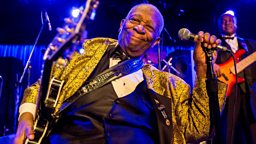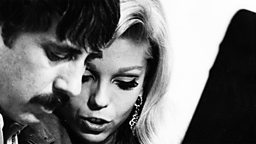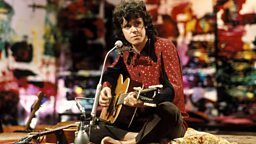Sly & The Family Stone
by Bob Stanley
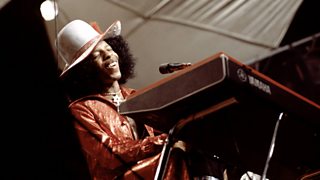
They represented a unified America...Bob Stanley
We've got a lot to thank for. In four short years they created some of the most joyous party music, with a band that blended boys and girls, black and white, with no obvious hierarchy; they represented a unified America, and that was something America desperately needed at the end of the sixties. At the same time, Sly himself wasn't afraid to intersperse uplifting anthems like You Can Make It If You Try and Everyday People with the more obviously political, like 1968 album track Don't Call Me Nigger, Whitey. Take a look at the terrific footage of them at the Harlem Cultural Festival in Mount Morris Park on June 29th 1969 to get an idea of their power. "We had all this input no one had ever thrown together before," drummer Gregg Errico told Barney Hoskyns. "You had R&B, you had white pop, you had the psychedelic thing and the English thing, mixing together for the first time." With their addition of Larry Graham's funk basslines and doo-wop based vocalese, the unique Family Stone sound signalled a major change for black music - the Temptations' Cloud Nine and Papa was A Rolling Stone were direct descendants, and Prince picked up where Sly left off at the tail end of the seventies.
But that, of course, is outside of SOTS' remit. What's less well known is Sly's hit making career before the Family Stone. He was born Sylvester Stewart and picked up his nickname when a classmate misspelled his name Slyvester. By the mid-1960s, the re-christened Sly Stone was a DJ on a soul-based San Francisco radio station, KSOL - Sly incorporated The Beatles and The Stones into his sets. At the same time, he landed a job as producer for the local Autumn label. His biggest success was with a group called the Beau Brummels, their name indicative of a taste for all things English. They scored a Top 20 hit with Laugh Laugh in 1964, reminiscent of the Searchers' Don't Throw Your Love away, and followed it with a Top 10 US hit, Just A Little. Their chart career was shortlived, but Bob Dylan went backstage at Hollywood's Whisky A Go-Go to show his approval, and the Byrds' Chris Hillman has admitted he "studied" them. Certainly, Sly and the Beau Brummels came up with a template for the folk rock boom of 1965. An odd highlight of their career was to appear in cartoon form in an episode of The Flintstones, where they were unimaginatively renamed the Beau Brummelstones.
Sly's other major success as a producer for Autumn was with Bobby Freeman. He had scored a major 1958 US hit with Do You Wanna Dance - later released as a single by Cliff Richard, the Beach Boys and Del Shannon - but hadn't had much success since. Sly Stone worked up the frantic C'mon And Swim in 1964, a late addition to the 'dance craze' boom that had started with The Twist, and Bobby was back in the American Top 5. Listening to it now - those brass hooks, the organ breakdown, the relentless party atmosphere - you can hear the formative Family Stone sound.
-
![]()
Brian shares more memories with Bob Stanley
-
![]()
Find out more about the songs we play
